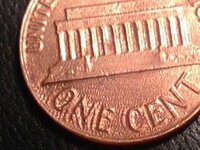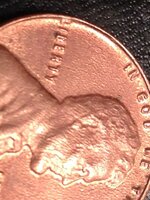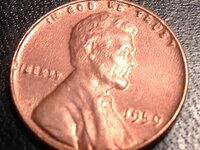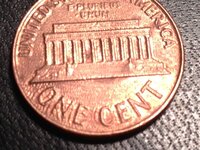Marko0916
Full Member
Came across this interesting one yesterday. Someone gave me some info of what it may be and I wanted to see if anybody here agrees / disagrees. Thx for any feedback.
improperly annealed die at this quick heavy abraded condition, & low strike pop TDS*.
*terminal die state, just few struck before pulling this pair. usually not saved.
these need to be inspected thoroughly as they are very low population coins.
improperly annealed die at this quick heavy abraded condition, & low strike pop TDS*.
*terminal die state, just few struck before pulling this pair. usually not saved.
these need to be inspected thoroughly as they are very low population coins.




















